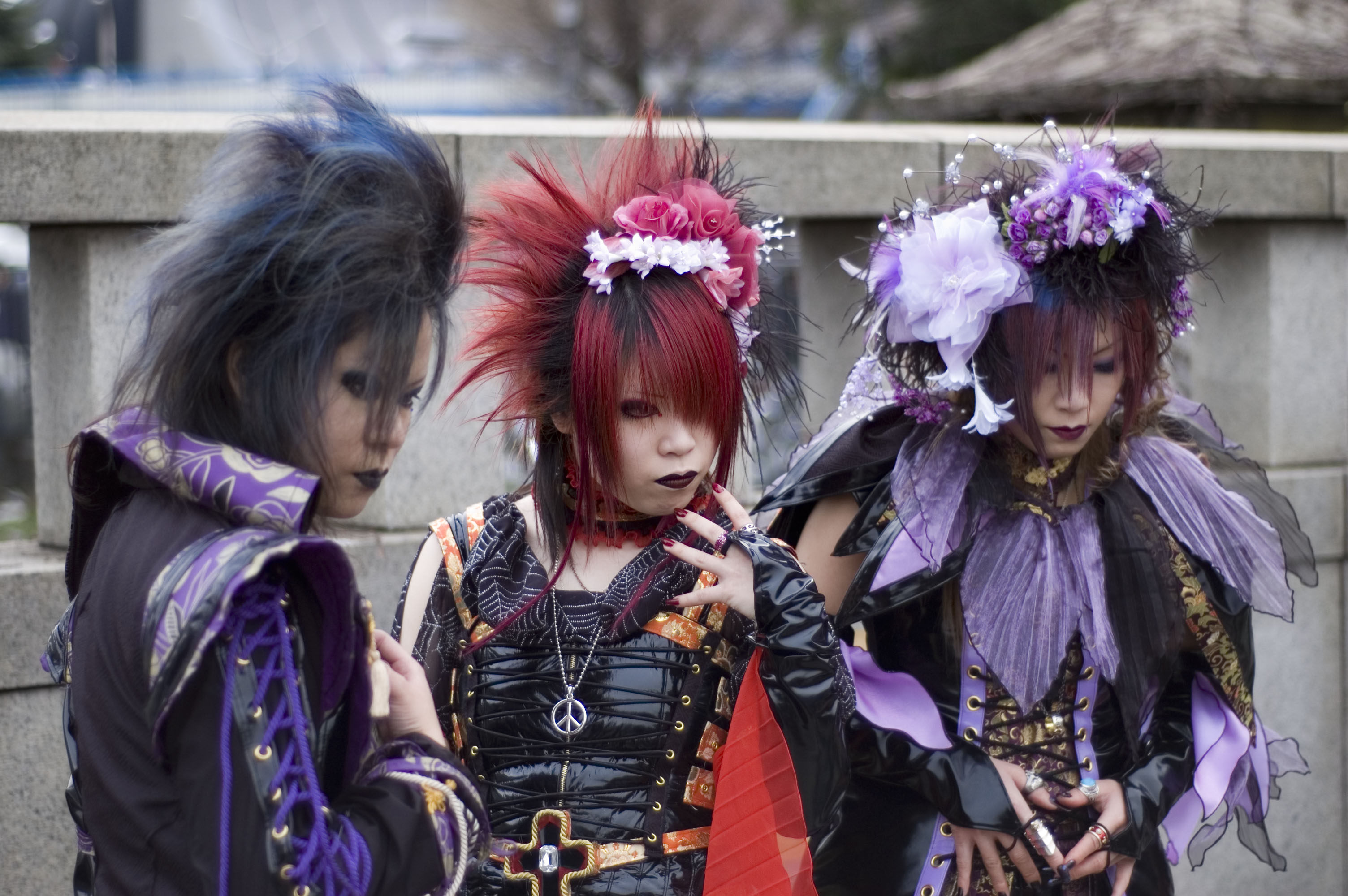The Harajuku subculture originated in Japan just after the second world war. However it is only recently when the subculture became big and ongoing. The term " Harajuku" was named after a popular train station. The Japanese don't usually refer to this subculture with this title, the phrase hit mainstream of American consciousness with Gwen Stephani's Love.Angel.Music.Baby album.
The Japanese youth wanted to create a new world for fashion in Tokyo to different themselves from others by dressing in colourful and outrageous outfits. They wanted to create their own identity. Authentic Japanese Street Style existed as far back as the 60's/70's when bad-boy gangs known as "Bancho groups" and bad-girl gangs known as "Sukeban" (Suke = girl. Ban= boss) evolved distictictive style which were completely different to similar gangs in the west.
Fashion
Fashion plays the main role in this subculture. Japan is well known for its street style. The harajuku fashion took influences from gothic routes adding pastel colours and playful prints to create a new identity.
Editorial Shoots
V magazine | Beauty & the Bling
Haper Bazzar Indonisia | December 2011
Music
Techno pop music is popular with the subculture. Many girl bands top the chart with their energetic music.
Different Harajuku styles
Lolitas
Lolitas is a style influenced by edwardian or victorian clothing.
Gothic Lolitas
Sweet Lolitas
Ganguro Girls
Visual-Kei
Visual Kei is a Japanese music movement and subculture that has been popular since the 1980's. The artists wear makeup, have elaborate hairstyles and costumes, usually coupled with androgynous aesthetics.























No comments:
Post a Comment